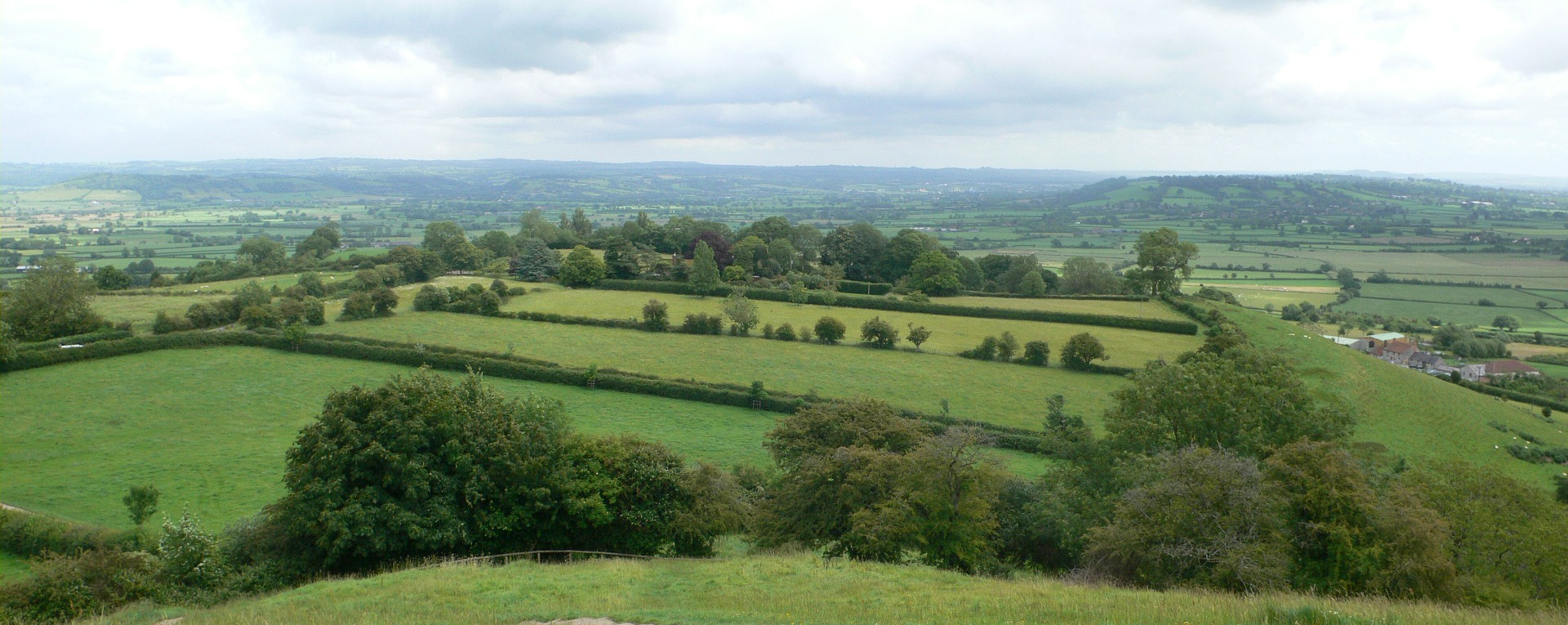
Damp Proofing
The true cause of dampness can be difficult to diagnose. "Damp" is used in a non-technical way to describe a wide variety of problems around the home, when true rising damp only accounts for around a third of "damp" cases.
The source of rising damp is the soil or subsoil. In the absence of a damp proof course water will rise within a wall from the ground through a process known as capillary action. Commonly the height of the rise is less than one meter, but this is more than enough to cause damage to skirting boards, plaster and decorations.
When dampness has been rising in a wall for some time the soluble salts contained within the ground water become concentrated where the water evaporates. This leaves deposits of salts in the plasterwork on walls which can then absorb water directly from the air and become visibly wet.
How we treat it
The first step in assessing a rising damp problem is to investigate what damp proofing may already be in place. Existing damp proof courses may be "bridged" and rendered useless by external rendering that has been carried down to soil level or internal plaster which touches an internal floor concrete slab. Fixing these relatively simple problems can make a world of difference.
More persistent rising damp will need to be treated by either inserting a physical damp proof course or injecting water repellent chemicals into the brickwork. Damp and contaminated plaster are removed from the walls to a suitable height above the damp brickwork. Holes are then drilled at regular intervals into the wall and filled with a water repellent material. The damp proof material impregnates the wall blocking the moisture's pathway. Replastering is then carried out with salt inhibitors and integral waterproofing compounds.
Find out more
Contact us to find out how we can help.
